The Great Resignation: A Canadian Perspective - Is it Over or Just Evolving?
TGreat Resignation - Still a Force in a Candidate-Heavy Market

The phenomenon dubbed the "Great Resignation" dominated headlines in 2021, with news outlets reporting a surge in employee departures worldwide. While the initial peak of resignations might seem like a distant memory, its impact continues to be felt across the job market, particularly in Canada.
This blog post dives deeper into the current state of the Great Resignation in Canada. We'll explore relevant statistics, examine the factors contributing to the ongoing candidate-heavy market, and analyze its implications for both job seekers and employers.
The Great Resignation's Lingering Shadow in Canada
While the record-breaking resignation rates witnessed in the US may have shown signs of slowing down, Canada hasn't experienced a similar decline. Statistics Canada paints a clear picture: job vacancies hit a record high in the first quarter of 2024, reaching a staggering 915,000. This translates to a highly competitive job market with a noticeable imbalance – there are simply more open positions than qualified candidates to fill them.
Understanding the Canadian Candidate Shortage
Several factors contribute to this ongoing candidate shortage in Canada:
- Baby Boomer Retirements: A significant portion of the workforce is on the cusp of retirement. The Baby Boomer generation, born between 1946 and 1964, is reaching retirement age, creating a natural exodus from the labor market. This exodus represents a vast pool of experience and expertise leaving many industries with a critical knowledge gap.
- Shifting Priorities: The global pandemic triggered a period of introspection for many Canadians. It led to a reevaluation of work-life balance and priorities. A recent study by the Microsoft Work Trend Index revealed that 52% of Gen Z and Millennials in Canada are considering leaving their jobs if they don't offer flexibility or a strong focus on well-being. This shift in priorities emphasizes the growing importance of a healthy work-life balance for younger generations entering the workforce.
- The Skills Gap: Canada faces a significant skills gap in certain sectors. This gap is particularly evident in the technology and trades sectors, where the demand for skilled workers often outpaces the readily available talent pool. This mismatch between skills demanded and those readily available intensifies the competition for qualified candidates, further contributing to the candidate-heavy market.
Navigating the Candidate-Heavy Market: The New Reality
This shift in the job market empowers job seekers in several key ways:
- Stronger Negotiation Power: With employers actively searching for talent, candidates have greater leverage to negotiate salaries, benefits, and work arrangements. This allows them to secure positions that align with their financial expectations and lifestyle needs.
- Focus on Employer Branding: Companies are increasingly prioritizing employer branding to attract and retain top talent. This translates to a greater emphasis on creating a positive work environment. Companies are likely to invest in employee well-being initiatives, offer competitive compensation packages, and promote work-life balance programs that cater to the evolving needs of the workforce.
- Increased Job Mobility: Employees are more likely to explore new opportunities due to the abundance of available positions. This increased job mobility provides them with greater flexibility and the ability to pursue career paths that align with their ambitions. However, it also presents a challenge for employers in terms of retention.
What Does This Mean for You?
Whether you're a job seeker or an employer in Canada, understanding the current market dynamics is crucial for navigating this changing landscape.
For Job Seekers: This candidate-heavy market presents a unique opportunity for you to leverage the demand and secure a position that aligns with your career aspirations and personal needs. Here are some actionable steps you can take:
- Refine Your Skills & Update Your Resume: With a skills gap existing in certain sectors, focusing on acquiring in-demand skills can significantly enhance your marketability. Additionally, ensure your resume accurately reflects your skillset and accomplishments, emphasizing relevant keywords for applicant tracking systems (ATS).
- Network & Build Relationships: Networking can open doors to new opportunities. Actively participate in industry events, connect with professionals on LinkedIn, and reach out to your network for potential leads.
- Research & Prepare for Interviews: Research companies thoroughly before interviews. Understanding their culture, values, and current initiatives will help you tailor your answers and demonstrate a genuine interest in the role.
For Employers: The candidate-heavy market demands a strategic approach to talent acquisition and retention. Here are some essential aspects to consider:
- Re-evaluate Your Hiring Strategies: Traditional hiring practices might need to be adjusted to attract a wider pool of qualified candidates. Consider implementing flexible work arrangements, offering competitive compensation packages, and showcasing your company culture through employer branding initiatives. Social media presence and positive employee testimonials can play a significant role in attracting top talent. Additionally, partnering with a recruitment agency with expertise in your industry can help you tap into a wider network of qualified candidates and streamline the hiring process.
- Invest in Employee Well-being: Prioritize employee well-being initiatives to create a positive and supportive work environment. This can include offering comprehensive health benefits, promoting flexible work schedules, and fostering a healthy work-life balance. Investing in employee well-being not only improves morale and productivity but also boosts retention rates.
- Develop Training & Development Programs: Offering opportunities for professional development is crucial for attracting and retaining talent. Invest in training programs that help employees develop new skills and advance their careers. This demonstrates your commitment to their growth and fosters a sense of loyalty.
- Create a Culture of Open Communication: Maintain open and transparent communication with your employees.Encourage regular feedback sessions and actively listen to their concerns. This fosters trust and creates a positive work environment where employees feel valued and heard.
The Evolving Landscape: Beyond the Great Resignation
While the term "Great Resignation" captured the initial surge in employee departures, it's important to recognize it might not be a singular event. Instead, it might represent a long-term shift in the employer-employee dynamic. Employees are increasingly prioritizing flexibility, well-being, and career growth. This necessitates a change in how companies approach talent acquisition and retention strategies.
Embracing the New Reality
By embracing the realities of the candidate-heavy market, both employers and employees can navigate this changing landscape and achieve success. Job seekers can leverage the demand to secure fulfilling positions, while employers can adapt their strategies to attract and retain top talent.
Here are some additional points to consider:
- The Rise of Remote Work & The Gig Economy: The pandemic accelerated the trend of remote work, and it's likely to continue playing a significant role in the future of work. Companies that embrace remote work arrangements will have a wider talent pool to draw from. Similarly, the gig economy is expected to grow, offering flexible work options for those seeking alternative work arrangements.
- Focus on Diversity & Inclusion: Creating a diverse and inclusive workplace environment is no longer just a moral imperative, it's also a smart business decision. A diverse workforce brings a wider range of perspectives and experiences to the table, fostering creativity and innovation. Companies that prioritize diversity and inclusion are more likely to attract top talent in the competitive market.
Conclusion
The Great Resignation, though its peak may have passed, has undoubtedly had a lasting impact on the Canadian job market. The candidate-heavy market presents both challenges and opportunities for both job seekers and employers. By understanding the dynamics at play and adapting strategies, both sides can navigate this evolving landscape and achieve success.
For job seekers, this is a time to be proactive in your career development and leverage the demand for talent to secure positions that align with your aspirations. For employers, it's crucial to re-evaluate hiring practices, prioritize employee well-being, and foster a positive work environment to attract and retain top talent. By embracing the changing landscape and adapting to the new reality, both job seekers and employers can thrive in the post-Great Resignation era.











